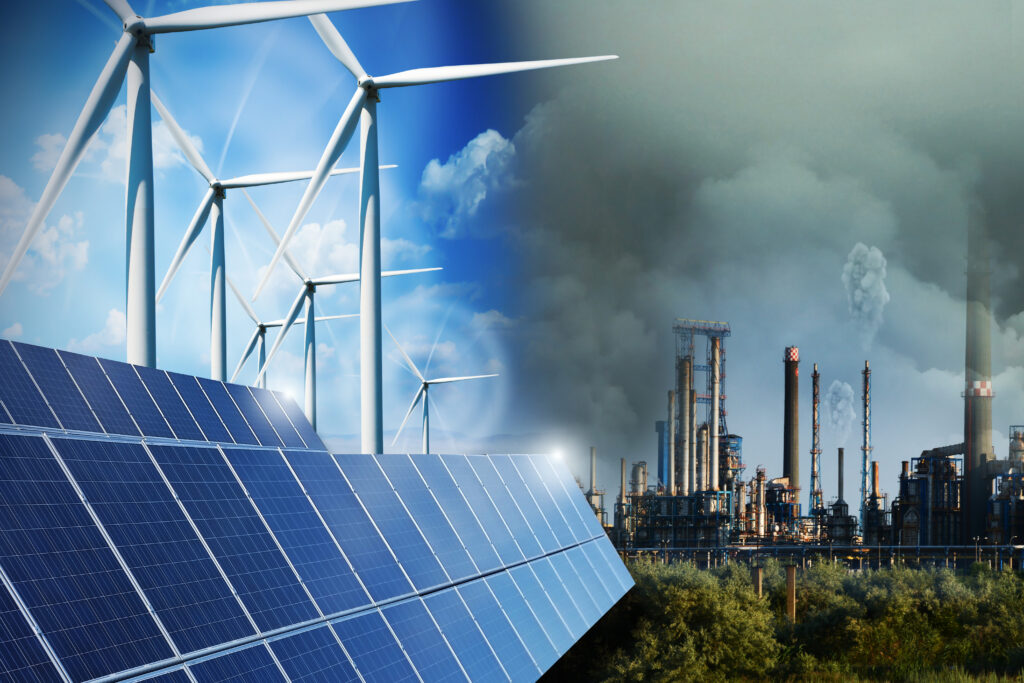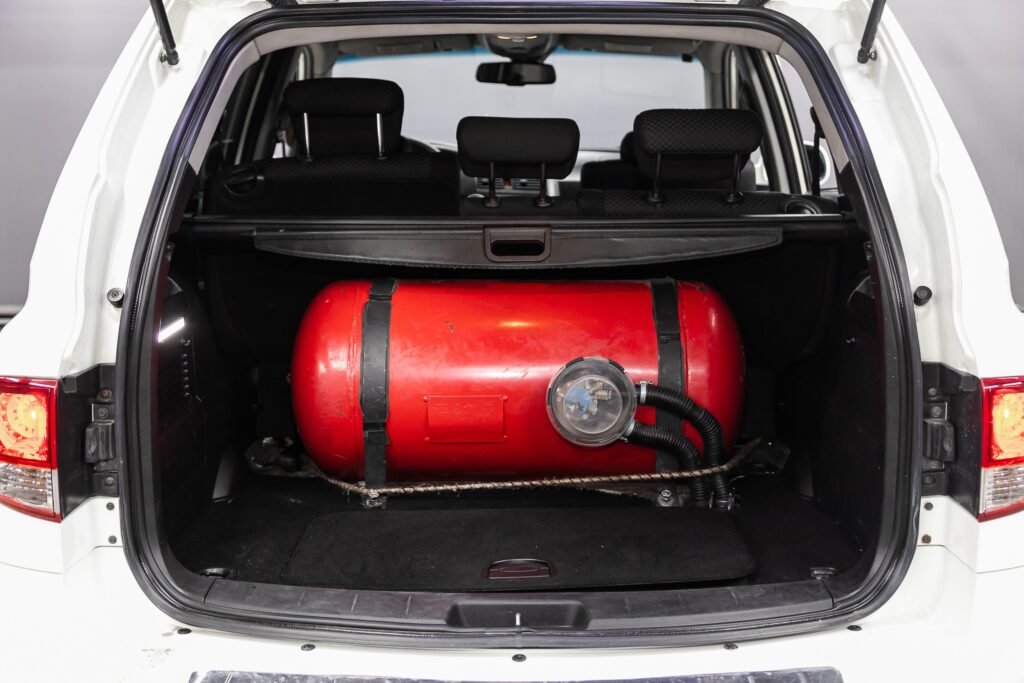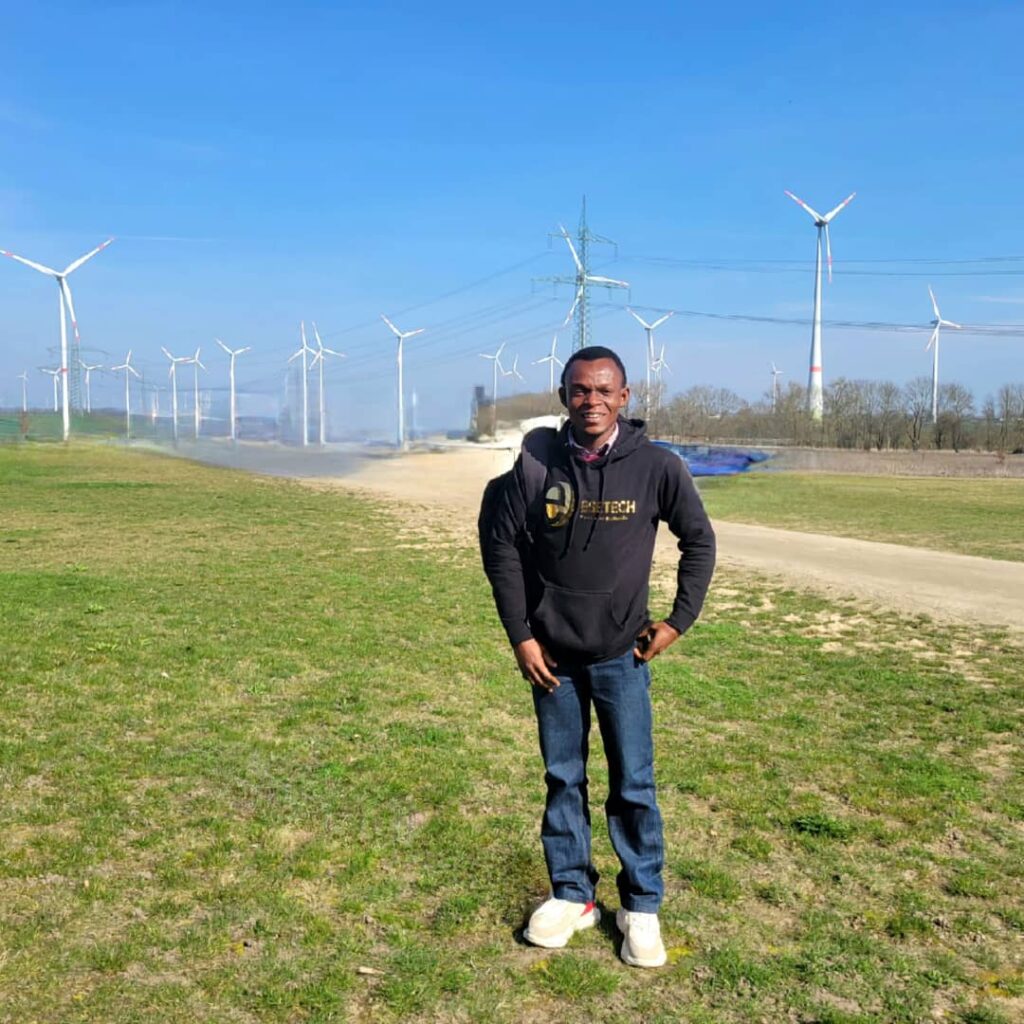Nigeria has recently won the bid to host the Africa Energy Bank (AEB). The bank’s establishment is a collaborative effort by the African Petroleum Producers Organization (APPO) and the African Export-Import Bank (Afreximbank), with the primary aim of tackling shortages in energy funding in Africa.
The arrival of the Africa Energy Bank (AEB) is poised to significantly shift the African energy sector. However, the AEB’s approach raises critical questions about its impact on Africa’s energy transition goals. This Nextier’s Pan-African series analyses the AEB’s objectives of concurrently funding fossil fuels and renewable energy and its implications for the global drive to phase out fossil fuels.
The energy crisis that Africa is currently experiencing is no longer news, as over 600 million people in the continent lack access to power, and over 900 million lack clean cooking options. The AEB’s initial focus on financing energy projects, including oil and gas ventures, responds to this dire situation to fill the void left by global institutions shying away from fossil fuels due to climate change concerns. This approach offers a lifeline to resource-rich African nations struggling to develop their energy infrastructure. The bank’s potential to unlock these resources and stimulate economic growth is undeniable. However, is this fossil fuel focus aligned with Africa’s long-term energy goals?
Questioning the Sustainability Path
The AEB’s commitment to a “balanced energy mix” seems reasonable since it intends to address Africa’s social and economic components of sustainability. However, supporting fossil fuels alongside renewables generates conflict because it may not mesh well with the environmental pillar of sustainability. While fossil fuels can provide immediate energy security, they also contribute to climate change, directly contradicting Sustainable Development Goal 7 (SDG 7) and net-zero emission targets.
The AEB’s success depends on its ability to negotiate Africa’s interest in achieving energy access with the global interest in energy transition. Will it favour short-term advantages from fossil fuels, slowing the shift to greener energy sources? Or can it serve as a catalyst, investing in renewables while sustainably using fossil fuels to close the present energy gap?
The Need for Transparency and Scrutiny
Each African member nation is expected to donate at least $83 million to raise about $1.5 billion. The Africa Energy Fund’s (AFE) founding members, Afreximbank and APPO, are expected to provide equivalent cash. The remaining $2 billion is anticipated to be raised from outside sources, perhaps even Middle Eastern sovereign wealth funds.
Based on the above funding breakdown, the AEB’s funding structure also demands scrutiny. While African nations contributing signifies ownership, reliance on potential funding from Middle Eastern sovereign wealth funds, often heavily invested in fossil fuels, could influence priorities. Transparency regarding project selection and environmental impact assessments will be crucial to ensure accountability.
The Path Forward: A Delicate Balancing Act
The AEB presents both opportunities and challenges. To truly benefit Africa, it must strike a delicate balance.
• Can it foster investment in renewables while supporting responsible fossil fuel resource utilisation?
• Can it implement stringent environmental safeguards and prioritise clean energy development in the long run?
• Can it promote regional cooperation and knowledge-sharing to accelerate the adoption of innovative energy solutions?
The answers to these questions will determine whether the AEB becomes a catalyst for a just and sustainable energy transition in Africa or a bar.
Conclusion
Establishing the Africa Energy Bank may put Africa’s energy future under critical scrutiny by global leaders. Will it keep the continent stuck on a fossil fuel-based course, or can it be a bridge to a sustainable future? How well the AEB can innovate and adapt will determine the solution.
Even when declared, a “balanced mix” is insufficient. In addition to prudent, time-bound fossil fuel consumption, the bank requires a clear plan that prioritises sustainable energy development. Hence, achieving SDG 7 and climate targets requires transparent project selection processes and environmental evaluations.
Author
Omata David Omakoji
Technical Associate – Nextier Power



